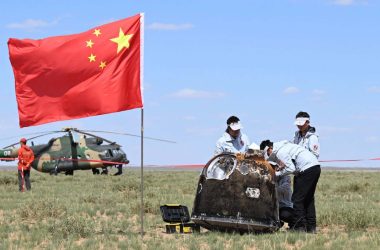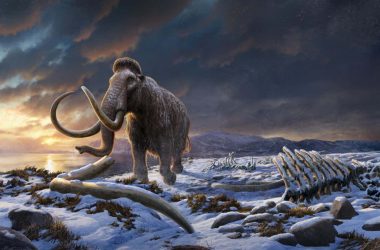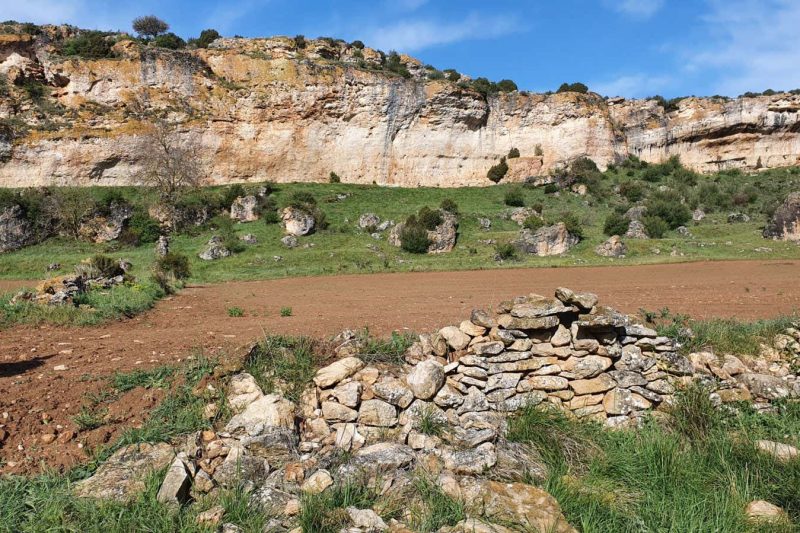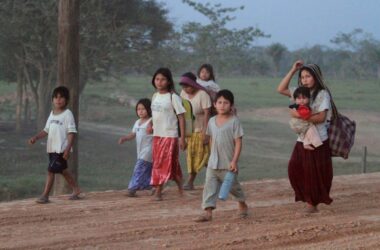Excavations at the Charco Verde II archaeological site in the Piedra river valley, Spain have revealed that humans not only survived but also thrived in high and remote regions of the Iberian Peninsula during the last glacial period, between 21,400 and 15,100 years ago.
The Challenging Conditions of the Last Glacial Period
- During the last glacial period, Earth experienced alternating periods of cold glacials and warmer interglacials.
- The last glacial period was at its coldest between 26,500 and 19,000 years ago, known as the last glacial maximum.
- Modern humans had arrived in Europe about 20,000 years earlier, making the last glacial period a significant challenge.
Human Settlements on the Spanish Plateau
The Spanish plateau, known as the meseta, posed particularly challenging conditions for human settlement during the last glacial period. Climate modeling studies indicate that the meseta was not only cold and dry but also highly unpredictable, making it harder for permanent settlements to thrive.
The Discovery of Charco Verde II
Excavations at the Charco Verde II site in the Piedra river valley, located around 1000 meters above sea level, have provided evidence of human occupation during the last glacial period.
- The site contains fragments of charcoal from fires, animal bones with cut marks and signs of heating, and stone tools.
- Radiocarbon dating suggests that Charco Verde II was first inhabited between 21,400 and 20,800 years ago and was abandoned between 16,600 and 15,100 years ago.
- The site’s occupation may have been recurrent over a span of 5000 years, but it is not yet clear if there were prolonged periods of uninhabitance.
The Environment of Charco Verde II
The surroundings of Charco Verde II were dominated by open grasslands with scattered trees like juniper. The area was home to herbivores such as horses and ibex.
- Average annual temperatures at Charco Verde II during the last glacial period were approximately 6°C lower than today.
- Winter conditions were harsh, with ice and snow likely covering the site, while summers were relatively mild.
Adapting to Harsh Environments
Upper Paleolithic hunter-gatherers who inhabited Charco Verde II possessed various behavioral skills that allowed them to adapt to the challenging environment.
- The use of fire and the development of clothing played crucial roles in their survival.
- Stone tools called burins, discovered at the site, were used for creating fine sewing skills and waterproof clothing.
- Social networks were also essential for survival, providing people with information exchange and shelter during harsh conditions.
- Evidence of social connections was found through the discovery of perforated shell beads, indicating social relationships with other groups.
Implications and Insights
The discovery of human settlements in high-altitude regions of the Iberian Peninsula during the last glacial period highlights the resourcefulness and adaptability of ancient humans.
- The findings challenge previous assumptions about the limited range of human habitation during extreme climatic conditions.
- Understanding how humans survived and thrived in such challenging environments provides insights into our ancestors’ capabilities and resilience.
Topics:
- archaeology
- ancient humans








